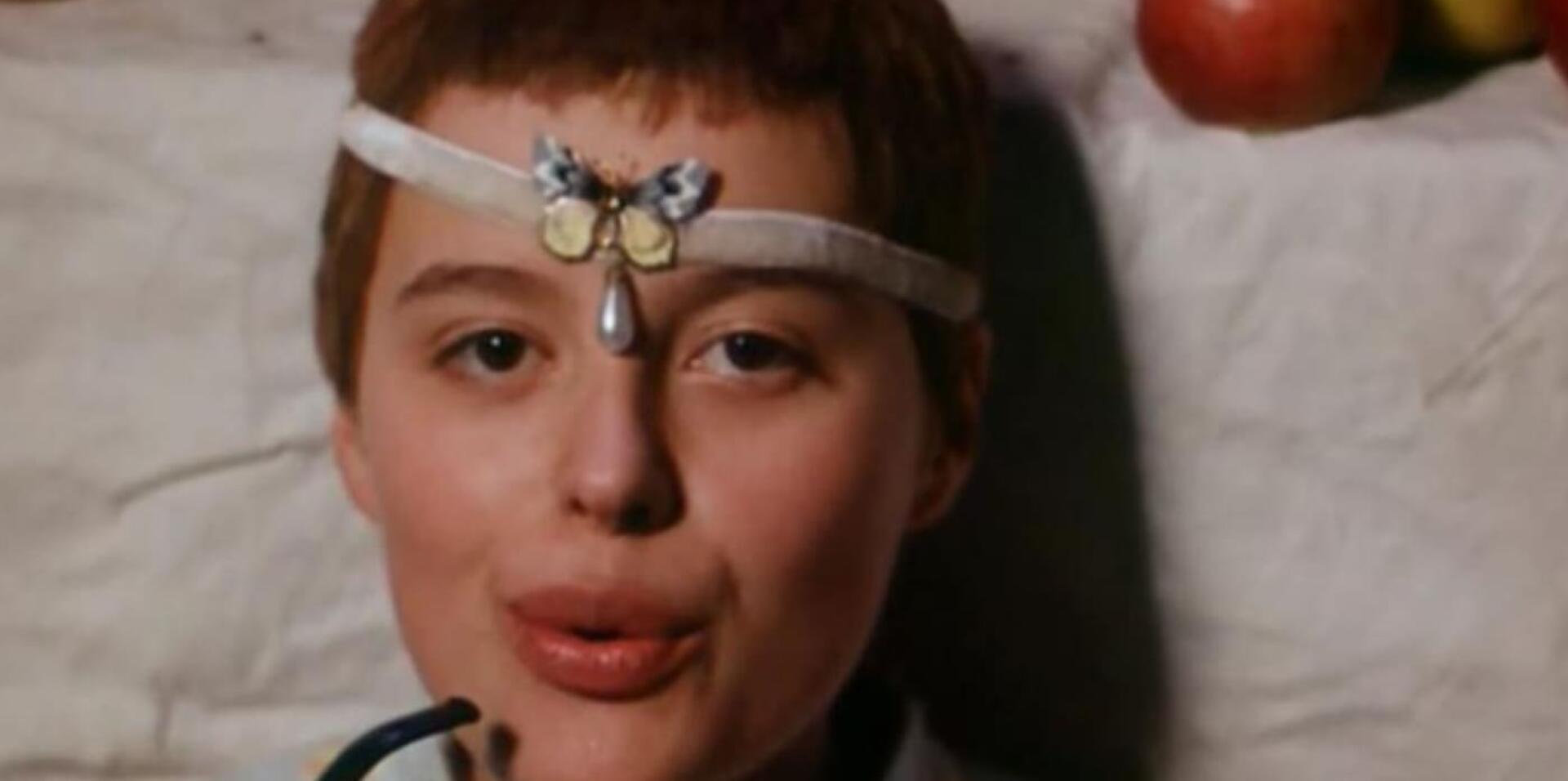
Vtackovia, siroty a blazni
Juraj Jakubisko
This film is equal parts 1969 acid trip, socialist-era Eastern European allegorical political manifesto and mirror held up to the Slovak soul. Maybe the surreal aspect of the film is just an accident! In any case, this film shows us the rubble of Bratislava just after the Prague spring. Maybe Spring came late to Bratislava. Maybe it never came at all. There are some great (and classic) surreal scenes, but there is very little continuity to the story – in fact very little story per say at all. To recommend it, this film still has a cutting-edge feel more than 30 years after it was originally made. Its basic premise seems to be that life (or at least life in the Czechoslovak Soviet Socialist Republic at the end of the 1960s) drives one mad – and that madness leads to unthinkable barbarity. Hence the few truly nauseating scenes of violence. Still, a unique look at a unique place and time, with memorable images. View at your own risk.
Artistic & technical sheet
Magda Vaca Ryova
Philippe Avron
Screenplay
Karol Sidon / Juraj Jakubisko
Prod: Como Films
72,avenue Kleber
Paris 16e